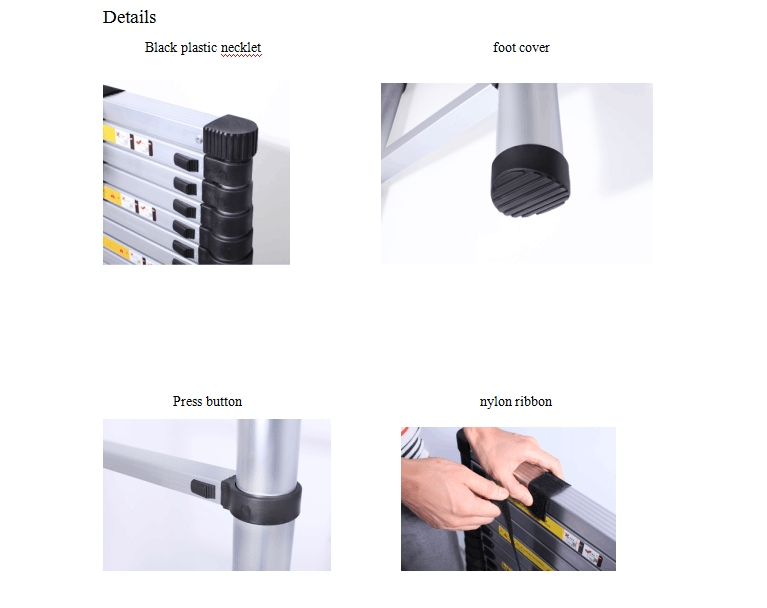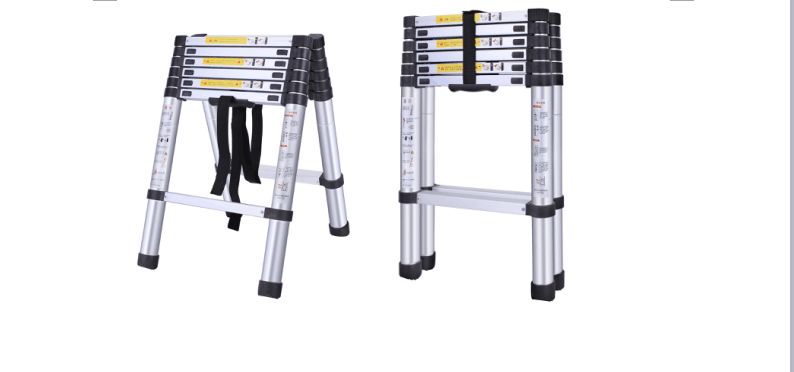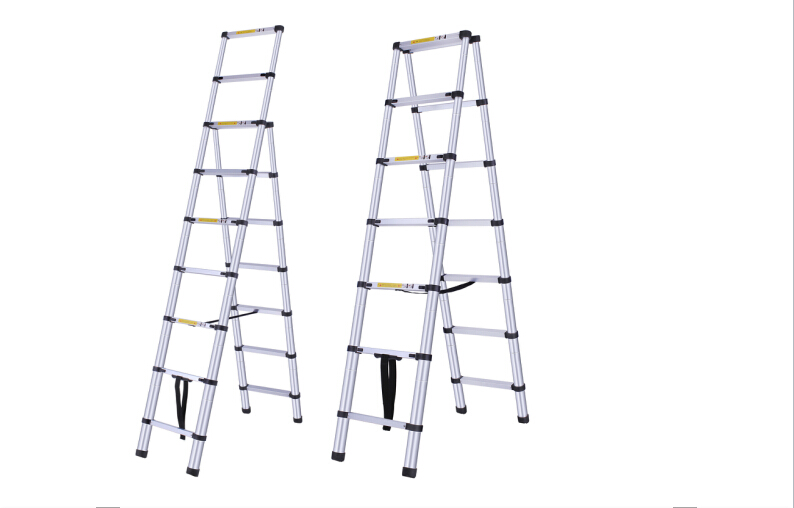Keywords: powder coating; canning; application
In China's can making process, the inside of the tank body is pre-printed with iron in advance. The inner coating is a food liquid coating. When printing iron, it is necessary to leave seams at the seam welding site. Generally, it is difficult to apply the edge coating. Many factory seams must be welded before welding. Scraping is done so as not to affect the quality of seam welding.
However, after the seam welding, the weld seam must be additionally coated. The process is complicated and the quality is not easy to guarantee. In recent years, the increasingly popular powder coating process is increasingly used in the canning industry. For the canning industry, the powder coating process is not a new technology, but people really start to pay attention to it. A few years. As early as 20 years ago in the United States, the inside of the weld in the three-piece can was powder-coated. Since the powder coating has a thicker coating than the liquid coating, the powder coating process can more effectively prevent the influence of iron odor on the taste and color of the canned food. At present, there are at least 800 canning lines in the world that use the technology of powder coated welding seams for production.
Currently, the real application of this process in the canning industry is the repair of cans and the coating on the inside of three cans. After a lot of scientific experiments have proved that the coating effect of powder coating is very satisfactory, and the products coated with powder coating can be used to canned various foods, beer, beverages and aerosols. Some people think that within a decade, the powder coating process will be increasingly applied to two-piece cans and beverage cans.
Why powder coating process is so attractive? Because the use of powder coating is more conducive to environmental protection, has a highly reliable environmental performance, but also has a good economic benefit. Powder coating is 100% solid material. Compared with the liquid coating, the ingredients are identical except that there is no solvent. When the can is heated in the oven, the powder melts to form a continuous film.
Most powder coatings used in the canning industry are modified with epoxy or polyester, varnish or pigments. Paint coating utilization is very high, so the loss is very small, especially the recovery system can collect overspray powder and adjust the overspray powder to re-enter the system for recycling.
Because the powder coating is in the solid state, the recycling, cleaning and purifying, transportation and treatment processes are all in solid state during use. The powder coating process does not cause the loss of the liquid paint, and the loss of the liquid paint is not easily controlled and is expensive. Powder coatings may become one of the most widely used coating technologies in the coming years. Since the powder is a dry coating, it is 100% solid, and thus meets the requirements of all levels of governments around the world to reduce or prohibit the use of volatile organic compound coatings.
For each can manufacturing plant, the use of this solvent-free powder coating is one of the effective methods for the tank surface treatment process to eliminate volatilization of organic compounds.
For environmental protection, the use of powder coated cans and can lids is not only beneficial to can makers but also to food packaging manufacturers. In order to meet the increasing demands of customers for product packaging, food packaging plants have been seeking unique and innovative solutions. This food canned container meets environmental safety requirements and is easy to produce. If only from the point of view of market sales, canned containers with powder coating can enable the canning factory to establish an image of environmental protection model. Just as the environment-friendly products that are currently circulating on the market are very popular in the market.
The current new can lids and three-piece cans are all equipped with automatic control systems. A typical system for powder coating is to draw the powder from the powder supply station from the feeder and transfer it to the recovery unit. The recovery unit mixes the original powder with the recycled powder, and then mixes with the air. At the same time, it is transferred by the pump system to the friction spray gun. . When the powder is delivered to the can body or the can lid, the spray gun is electrified by friction to electrostatically charge the powder particles. The electric charge causes the powder to be adsorbed onto the can body or can lid in a particularly uniform spray pattern, and all overspray paint is applied. The recirculation system is completely recycled, adjusted and reused. This coating method causes the powder to pass from the positively charged electric field, causing the powder particles to be negatively charged. In this case, the can body or can lid is grounded so that the powder particles can be adsorbed.
This corona coating method removes the charged charge of the powder particles by frictional electrification. This friction electrification method reduces the electrostatic shielding effect and allows the powder particles to move to the corners and crevices of the can body or can lid. This is particularly suitable for painting cans and can lids.
Currently, there are two kinds of coating technologies, including continuous spraying technology and intermittent spraying technology, which are widely used. The former is applicable to the outer side of a coating can. When the can enters the painting area, the spray gun starts. In the painting area, various sprays can be applied. In the method, the powder particles are directly coated on the part to be painted of the can; the latter is a method of painting the spray gun when the can body or the can lid enters the spraying area. In order to control the switch of the gun, the adjustment of air or powder is controlled in a control tube. The air flow is readjusted by a diverter to control the amount of coating on the workpiece when the gun is stopped and to quickly shut off the flow.
This process is achieved through a series of solenoid valve controls. The powder pump solenoid control valve controls the amount of powder required for the part to be coated. When the powder pump sends the powder out of the powder hose to the control tube, the powder is accelerated by the amplifier while the uniformity of the powder or gas is optimized through an atomizing nozzle. After entering the control tube, the powder particles in the tube contact with the control tube wall are charged with static charge. Charged powder passes through the nozzle of the spray gun and is coated on the can body or the lid workpiece. The pump is shut off and the air flow diverter is opened. Shut down the spray gun and repeat this cycle for each can body or lid. The operating cycle speed of a single piece depends on the amount of powder to be coated for each part. For example, for the post-repair of epoxy coating can lids, each gun can handle between 300 and 350 per minute. When the can lid is placed in front of the spray gun by a set of positioning mechanism, the frictional charge spray gun sprays electrostatically charged powder into the can lid. All over sprayed powder collects and re-enters the supply hose and enters the system. Recirculation, then the coated can lid is conveyed through a curing oven with a conveyor belt, where the powder melts into the scratches and welding area of ​​the workpiece.
This process can be applied to both the outside and the inside of the lid, and the amount of coating is typically 60 to 80 milligrams. In order to increase the appearance of the outside of the can lid, a larger amount of powder is required. For the inner powder coating of the three-piece can body, a new powder coating process has emerged. The maximum coating speed of this painting process is approximately 75 pieces per minute per spray gun. The open end of the can body is conveyed by a positioning and transport mechanism to the front of the friction-electrifying type spray gun, charged powder is injected into the can, and any overspray powder is recovered by the apparatus and re-entered into the system for recycling.
The can is then sent to a flat belt conveyor oven, baked, cured, and fired for approximately 2 minutes at 425F. For general international standards, coatings generally use modified epoxy powders with an average accuracy rating of 10 to 15 microns, while hygienic-grade canned coatings are approximately 15 to 20 microns. This canning manufacturer can obtain excellent coating quality, eliminate volatilization of the organic compounds of the workpiece, and the utilization rate of the material can reach as high as 99%. Due to the clean and effective coating process, the cleaning and maintenance costs of the workpiece can be greatly reduced.
Like can makers, those who can benefit from the powder coating process are food packaging manufacturers, because the improved quality of the can coatings, as well as the powder coatings improve the shelf life of foods, the leakage, corrosion and iron odor of cans The impact of food packaging is reduced to a minimum, which means that the powder coating provides an excellent protective film between the food and the packaging container, thereby improving the quality and life of the canned product. Powder-coated canned products have a longer shelf life. The use of powder coated metal cans in a variety of food products and canned products of different sizes can completely replace the canned method using liquid coating. Further technical information on the performance and shelf life of powder coated coatings can be verified in a number of consumer packaging tests.
The powder coating materials and processes required for food canning are gradually being improved and improved to meet the requirements of food canning.
At present, powder and raw material production plants need to develop and develop more types of resin products. At present, the complete testing of a variety of resins and additives that can be used to improve the powder properties and help overcome powder coating defects is still rare and even less relevant.
Powder manufacturers also need to understand the entire potential of metal coating, and determine which coating technology is more practical, whether it is a three-piece can, spray cans, cans, cans, cans, or coils. Each material is Different resin-modified powders are required for coating for optimum performance.
Spray cans need inner coating with anti-fogging ability, while three food cans must have anti-erosion ability to certain foods, and have the ability to resist cooking. Changes in performance depend on changes in the composition of the metal raw materials. For example, powders that perform well on tin cans may not be accepted in aluminum cans.
The clean, high-gloss polished surface formed by the powder coating technology makes the quality, hygiene, and appearance of can containers more noticeable. These are selling points that attract the attention of customers at the time of purchase, or open metal cans and rinse Afterwards, it can be recycled again and again.
Packaging manufacturers will improve their product quality by adopting new improved powder coated containers that meet environmental requirements and improve the quality of stored foods.
Telescopic Ladder- Single Side Telescopic Ladder
Easy to extend and fold Aluminum Ladder - Telescopic Ladder with the great reputation over the different countries because of it`s lightweight and portable aluminum design.It conforms to EN131.
When the Telescopic ladder be folded , you need to press buttons on each rungs and close to step by step..The max load of Telescopic ladder is 150KGS. You can climb to roof or loft .You also need it to clean the windows , or decorating etc . The most feature is the the telescopic ladder is very compact to storage, no more space won`t be taken .
Choose the telescopic ladder without hesitation as it would be the most convenient assistant for your life . 2.m/2.6/2.9/3.2/3.8/4.1/4.4/4.9/5/5.6m.
More details as follows :
![H8I]Z[L]A)Z9QOOOP4[BHBO H8I]Z[L]A)Z9QOOOP4[BHBO](http://i.bosscdn.com/product/91/43/d1/23f8378b109f43f7f5829d15b1.jpg)



FAQ:
Q: Are you factory or trading company ?
A: We are factory , exported foreign over decade with rich experiences .
Q: We can change the color of the rubber cover ?
A: yes , the regular is black , you also choose other color .
Q:What`s the MOQ ?
A: 50 PCS.
Q: Can I have a sample ?
A: It`s ok .
Q:What`s your price ?
A: It`s depends on your demands, quantity , we can offer you lowest price .
Q:What`s your delivery time ?
A: Sample order : 3days , bulk order : 23-25days .
Q: Can we use our logo or brand on the package ?
A: yes , OEM is ok .
Q: What`s the payment :
A: (1) T/T: 30% deposit be paid in advance , the 70% of total payment see the copy of B/L.
(2) L/C it`s ok .
(3) Cash also ok .
More inquires or questions , plz feel free to contact us !
Welcome to visit our factory !
Telescopic Ladder
Telescopic Ladder,Aluminum Telescopic Ladder,Single Side Telescopic Ladder,Double Side Telescopic Ladder
Yongkang Aoyi Industry&Trade Co., Ltd. , https://www.aoyiladder.com
![<?echo $_SERVER['SERVER_NAME'];?>](/template/twentyseventeen/skin/images/header.jpg)